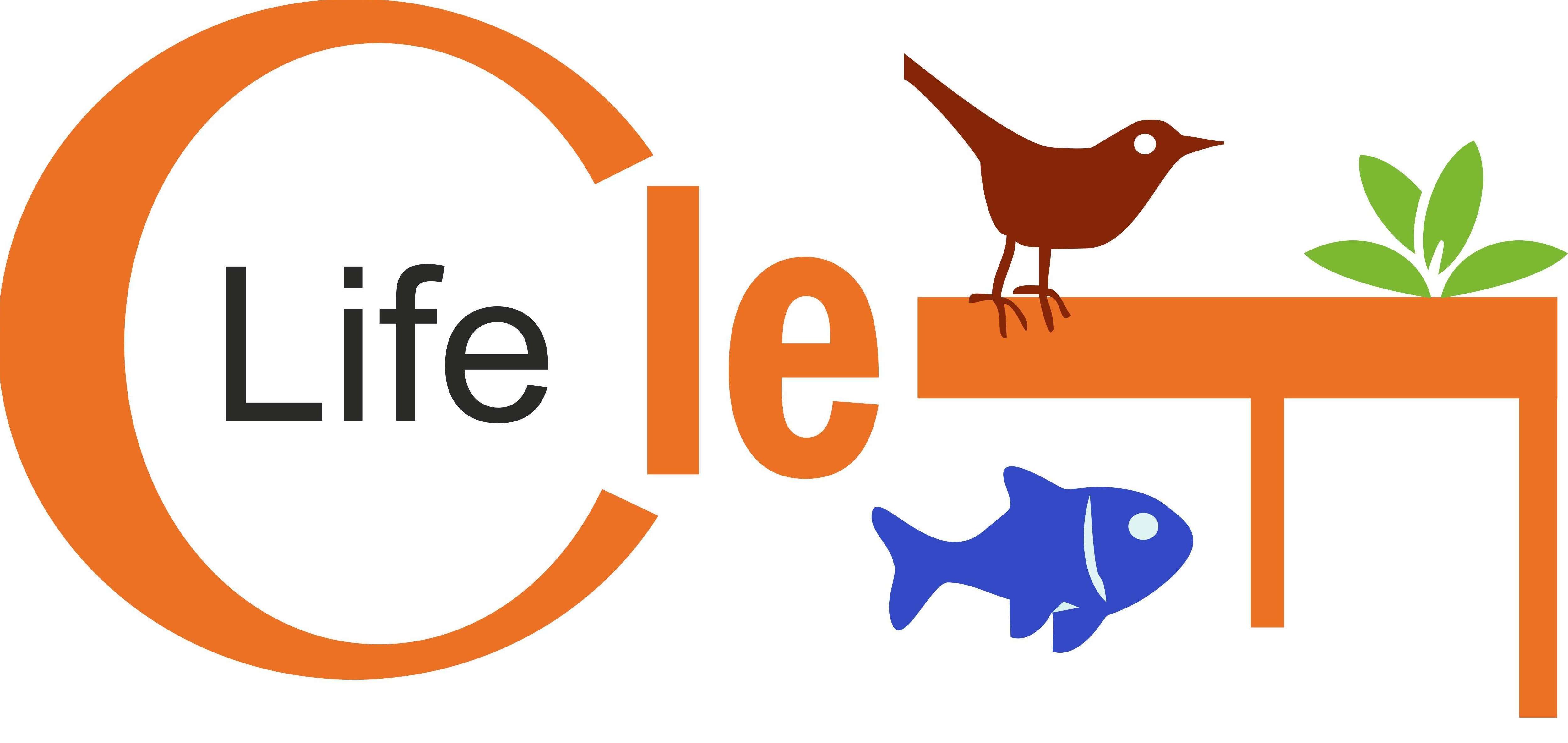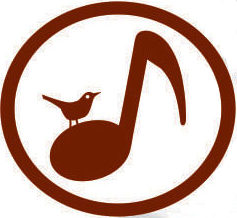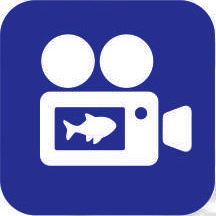- ImageCLEF 2025
- LifeCLEF 2025
- ImageCLEF 2024
- LifeCLEF 2024
- ImageCLEF 2023
- LifeCLEF 2023
- ImageCLEF 2022
- LifeCLEF2022
- ImageCLEF 2021
- LifeCLEF 2021
- ImageCLEF 2020
- LifeCLEF 2020
- ImageCLEF 2019
- LifeCLEF 2019
- ImageCLEF 2018
- LifeCLEF 2018
- ImageCLEF 2017
- LifeCLEF2017
- ImageCLEF 2016
- LifeCLEF 2016
- ImageCLEF 2015
- LifeCLEF 2015
- ImageCLEF 2014
- LifeCLEF 2014
- ImageCLEF 2013
- ImageCLEF 2012
- ImageCLEF 2011
- ImageCLEF 2010
- ImageCLEF 2009
- ImageCLEF 2008
- ImageCLEF 2007
- ImageCLEF 2006
- ImageCLEF 2005
- ImageCLEF 2004
- ImageCLEF 2003
- Publications
- Old resources
You are here
LifeCLEF 2016

Results Publication
The overview paper (Springer) summarizing the results of all LifeCLEF 2016 tasks is available here:

or here (PDF)
Individual working notes of tasks organizers and participants can be found within CLEF 2016 CEUR-WS proceedings.
LifeCLEF 2016 Workshop Program Tuesday, 6th Sept
13:30 → 15:30 LifeCLEF session 1 - chair: Chair: Alexis Joly
15:30 → 16:00 Break & Poster session (CLEF conference)
16:00 → 18:00 LifeCLEF session 2 - chair: Henning Müller
Registration
- If you have not registered in the past or have changed affiliation you can register for 2016 here.
- For people already registered in the past, you can transfer your registration details to CLEF 2016 here.
Once your registration is validated (this can take up to 2 days), data access details can be found at the ImageCLEF/LifeCLEF registration system -> Collections .
Schedule
- 15th Nov 2015: registration opens for all LifeCLEF tasks (until 30.04.2016)
- Nov 2015 - Feb 2016: training data release (depends on the task)
- 1st March 2016: test data release
- 8th May 2016: deadline for submission of runs by the participants
- 17th May 2016: release of processed results by the task organizers
- 25th May 2016: deadline for submission of working notes papers by the participants
- 17th June 2016: notification of acceptance of the working notes papers
- 1st July 2016: camera ready working notes papers
- 5th-8th Sept 2016: CLEF 2016 Évora, Portugal
Working notes
Submitting a working note with the full description of the methods used in each run is mandatory. Any run that could not be reproduced thanks to its description in the working notes might be removed from the official publication of the results. Working notes are published within CEUR-WS proceedings, resulting in an assignment of an individual DOI (URN) and an indexing by many bibliography systems including DBLP. According to the CEUR-WS policies, a light review of the working notes will be conducted by LifeCLEF organizing committee to ensure quality. As an illustration, LifeCLEF 2015 working notes (task overviews and participant working notes) can be found within CLEF 2015 CEUR-WS proceedings.
Motivation
Building accurate knowledge of the identity, the geographic distribution and the evolution of living species is essential for a sustainable development of humanity as well as for biodiversity conservation. Unfortunately, such basic information is often only partially available for professional stakeholders, teachers, scientists and citizens, and often incomplete for ecosystems that possess the highest diversity. A noticeable cause and consequence of this sparse knowledge is that identifying living plants or animals is usually impossible for the general public, and often a difficult task for professionals, such as farmers, fish farmer or foresters and even also for the naturalists and specialists themselves. This taxonomic gap was actually identified as one of the main ecological challenges to be solved during the Rio’s United Nations Conference in 1992.

In this context, an ultimate ambition is to set up a world-scale collaborative workflow relying on the automated identification and understanding of living organisms as a mean to engage massive crowds of observers and boost the production of biodiversity and agro-biodiversity data. Whereas existing initiatives consider only a part of these objectives (e.g. building identification tools, or building biodiversity data sharing platforms, or building new crowdsourcing models), the ground-breaking concept underlying LifeCLEF is to initiate a long-term positive feedback loop as illustrated in in the above Figure. The release of innovative machine learning tools running on a variety of mobile and connected devices first allow engaging much more nature observers than current biodiversity-related participatory sensing initiatives or specialized social networks. This consequently boosts the production of biodiversity data (in particular for the species in the long-tail) and finally increases the performances of the automatic recognition tools that are trained on the produced data.
The LifeCLEF 2016 lab proposes three data-oriented challenges related to this vision, in the continuity of the two previous editions of the lab, but with several consistent novelties intended to push the boundaries of the state-of-the-art in several research directions at the frontier of information retrieval, machine learning and knowledge engineering including:
More concretely, the lab is organized around three tasks:
 BirdCLEF: an audio record-based bird identification task
BirdCLEF: an audio record-based bird identification task PlantCLEF: an image-based plant identification task
PlantCLEF: an image-based plant identification task SeaCLEF: a visual-based sea-related organisms monitoring task
SeaCLEF: a visual-based sea-related organisms monitoring task
The LifeCLEF lab has some intersections with the ImageCLEF lab but also has some consistent differences:
Contact
Coordination
- Alexis Joly, INRIA Sophia-Antipolis - ZENITH team, LIRMM, University of Montpellier, France, alexis.joly(replace-by-an-arrobe)inria.fr
- Henning Müller, University of Applied Sciences Western Switzerland in Sierre, Switzerland, henning.mueller(replace-by-an-arrobe)hevs.ch
BirdCLEF
- Hervé Glotin, University of Toulon, France, glotin(replace-by-an-arrobe)univ-tln.fr
- Hervé Goëau, Inria, France.
- Willem-Pier Vellinga, Xeno-Canto foundation for nature sounds, The Netherlands, wp(replace-by-an-arrobe)xeno-canto.org
- Alexis Joly, INRIA Sophia-Antipolis - ZENITH team, LIRMM, University of Montpellier, France, alexis.joly(replace-by-an-arrobe)inria.fr
PlantCLEF
- Hervé Goëau, Inria, France.
- Alexis Joly, INRIA Sophia-Antipolis - ZENITH team, LIRMM, University of Montpellier, France, alexis.joly(replace-by-an-arrobe)inria.fr
- Pierre Bonnet, Cirad – AMAP, Montpellier, France, pierre.bonnet(replace-by-an-arrobe)cirad.fr
SeaCLEF
- Concetto Spampinato, University of Catania, Italy, cspampin(replace-by-an-arrobe)dieei.unict.it
- Simone Palazzo, University of Catania, Italy, simone.palazzo(replace-by-an-arrobe)dieei.unict.it
- Julien Champ, Inria, France,Julien.Champ(replace-by-an-arrobe)lirmm.fr>
- Anjara Saloma, Cetamada, Madagascar, anjara(replace-by-an-arrobe)cetamada.com
Credits
- Ivan Eggel, University of Applied Sciences Western Switzerland, Sierre, Switzerland, ivan.eggel(replace-by-an-arrobe)hevs.ch
| Credits |
| Attachment | Size |
|---|---|
| 1.3 MB | |
| 2.99 MB | |
| 2.78 MB | |
| 2.78 MB | |
| 3.25 MB |
